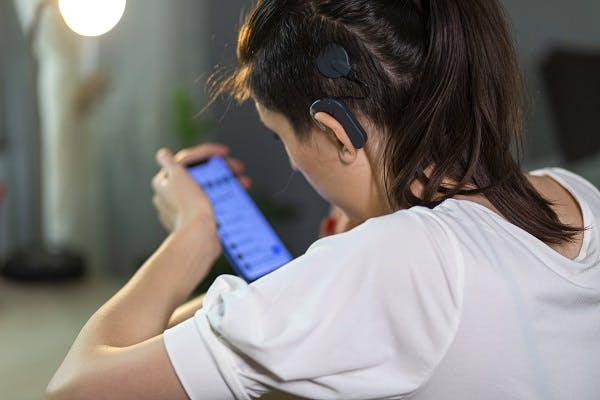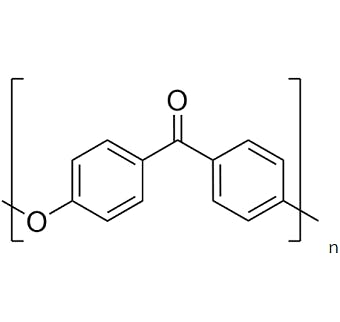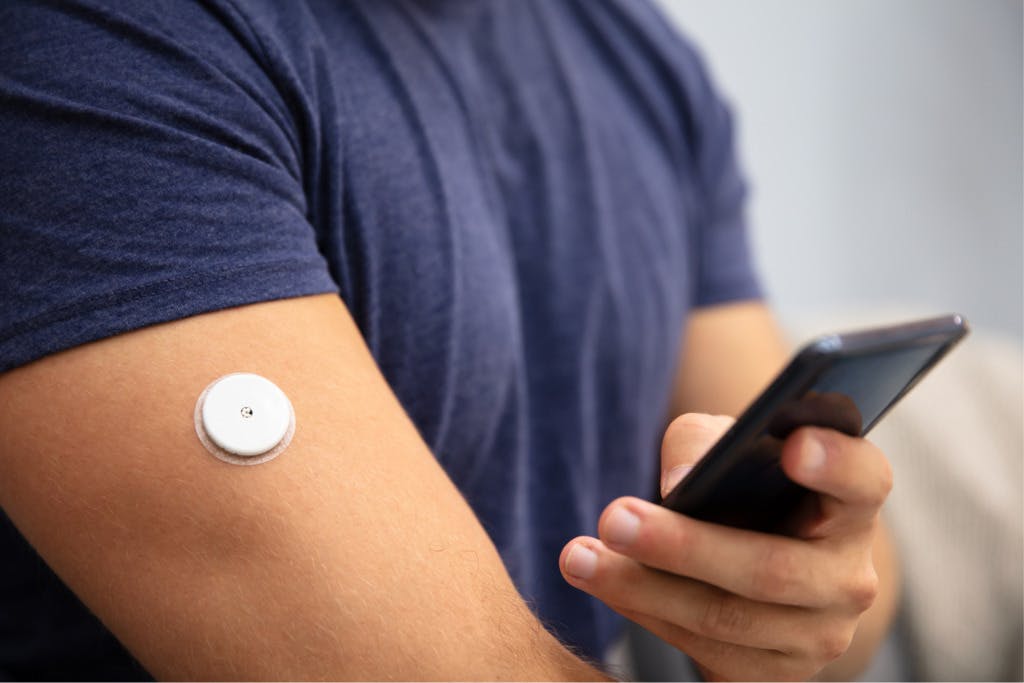Reliable and easy self-administration of compulsory medications can improve patient compliance and their quality of life, while reducing healthcare costs. Personal drug delivery devices contribute to that.
The trend to self-medication began in the early 1980s [1], with personal drug-delivery systems now being a familiar part of the medical landscape and patients' accessories.
Until today, leading examples are nebulizers, metered dose, or dry powder inhalers for the treatment of asthma and chronic obstructive pulmonary disease (COPD), as well as injection pens using cartridges for diabetes or, auto-injectors normally housing syringes. Such devices make life more convenient for the patients, and auto-injectors can literally be lifesavers e.g. enabling quick relief for people suffering from a violent allergic reaction following a wasp sting.
Easy self-medication promotes patient cooperation
What do patients need so they like to use the devices? A suitable lightweight device is one that is reliable and most of all safe and simple to use. Whether at home or at work, the solution must accurately dispense the right amount of drug at the right location at the right time. Moreover, an appealing, practical design might have an additional impact on patient motivation.
All the properties and benefits mentioned, contribute in achieving patient adherence to the drug-taking schedule – also known as patient "compliance" – helping to eradicate poor compliance that can directly threaten the well-being of the patient.
When compliance is achieved, everyone wins. The patient can conveniently self-medicate, giving them more freedom and potentially freeing up medical resources. What is more, the patient may experience a psychological boost. To design innovative drug delivery devices there is one important thing to consider: The role high-performing materials such as PEEK can play when developing innovative or improved devices. Stay tuned for our next blog which will investigate how the properties of PEEK can address design challenges in drug delivery devices.
Reference: [1] http://iptonline.com/articles/public/page60616263loresnonprint.pdf
Discover more about PEEK for drug delivery, and other medical devices.
If you have any questions, please get in touch at victrexblog@victrex.com or contact us via Victrex. We’d love to hear from you.
© Victrex plc. 2021. All rights reserved.
Disclaimer
About the author
Dr. John Devine is the Business Director for Invibio Biomaterial Solutions and is responsible for identifying and executing the market strategy for the adoption of Invibio materials and components. His leadership in identifying unmet clinical needs and the creation of new products and business models has contributed greatly to a portfolio of innovationsfor the device industry. He is a named inventor on a number of patented inventions, is a frequent contributor to papers at key biomaterials and industry conferences and has authored numerous peer reviewed articles. Dr. Devine holds a doctorate in the field of organic polymer synthesis and structure property relationships from the University of St. Andrews, United Kingdom, a Masters degree in Process Technology and Management from the University of Strathclyde, United Kingdom and a degree in Chemistry from the University of Glasgow, Scotland.
LinkedIn profile






